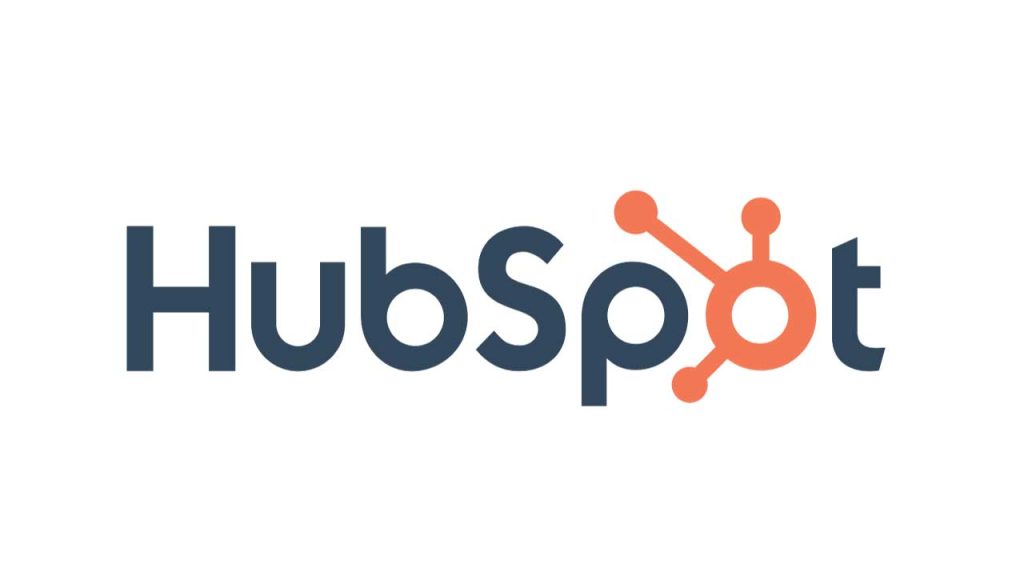Successful e-commerce businesses rely on efficient integrations between their sales, marketing, and customer service platforms. HubSpot, a leading CRM platform, offers robust tools and integrations that can streamline operations, boost customer engagement, and increase sales for e-commerce businesses. This article will cover some of the best HubSpot integration tools designed specifically for e-commerce businesses to supercharge their performance.
Here’s a quick look at our list of the best 9 HubSpot integrations for E-Commerce:

HubSpot is an all-in-one CRM platform designed to help businesses grow through its suite of tools for marketing, sales, customer service, and operations. Whether you’re looking to streamline processes, attract customers, or scale your business, HubSpot’s user-friendly platform offers powerful, integrated solutions to enhance your entire customer journey.
Shopify is one of the most widely used e-commerce platforms, and integrating it with HubSpot can offer seamless data syncing between your online store and CRM. With the Shopify-HubSpot integration, you can:
With this integration, e-commerce businesses can easily create tailored email campaigns and measure the performance of Shopify stores within the HubSpot platform. The sync is bidirectional, ensuring data stays consistent between both platforms.
For businesses using WooCommerce, HubSpot’s WooCommerce integration is a powerful tool. WooCommerce is a popular WordPress plugin for e-commerce, and integrating it with HubSpot helps businesses grow faster by enhancing their marketing and sales strategies. Key features include:
This integration simplifies customer nurturing, increases engagement, and improves conversion rates with WooCommerce users.
BigCommerce is another robust e-commerce platform, and its integration with HubSpot offers e-commerce businesses comprehensive CRM capabilities. The BigCommerce-HubSpot integration empowers businesses by allowing them to:
This integration allows businesses to easily manage and analyze their BigCommerce store data from HubSpot, giving marketers and sales teams powerful insights into customer behavior.
Magento is an open-source e-commerce platform used by many large-scale businesses. HubSpot’s Magento integration helps companies consolidate customer data and automate their marketing efforts. The main advantages include:
This integration is ideal for businesses looking to scale their e-commerce efforts and leverage powerful CRM tools to grow.
Stripe is a leading payment gateway, and integrating it with HubSpot ensures businesses can streamline their payment processes while maintaining an effective CRM system. The Stripe-HubSpot integration provides:
This integration helps e-commerce businesses maintain financial transparency while improving customer relationship management through HubSpot’s tools.
Managing finances is a critical aspect of running any e-commerce business. The QuickBooks and HubSpot integration allows you to:
For businesses looking to streamline their accounting and CRM functions, this integration offers a seamless way to ensure all data remains up-to-date across platforms.
Facebook Ads is a critical marketing tool for e-commerce businesses. With the Facebook Ads integration for HubSpot, you can:
This integration enables e-commerce businesses to maximize their return on investment (ROI) with more targeted and effective Facebook ad campaigns.
Google Ads is another essential platform for e-commerce advertising, and the Google Ads-HubSpot integration allows businesses to:
This integration is ideal for businesses looking to optimize their paid search efforts and grow their e-commerce sales through Google’s ad network.
Customer service is critical to the success of any e-commerce business, and integrating Zendesk with HubSpot ensures seamless communication between your customer support and sales teams. This integration offers:
For businesses that prioritize customer satisfaction, this integration can significantly improve the efficiency and quality of their support services.
Integrating your e-commerce platform with HubSpot’s powerful CRM tools is a game changer. Whether it’s Shopify, WooCommerce, or Magento, the integrations help automate your processes, personalize your marketing, and provide valuable insights into your customers’ behaviors. Additionally, connecting payment gateways, accounting software, and advertising platforms allows for a seamless business operation that drives growth and efficiency.
E-commerce businesses that leverage these integrations will benefit from a fully streamlined operation, more personalized customer engagements, and improved revenue attribution.